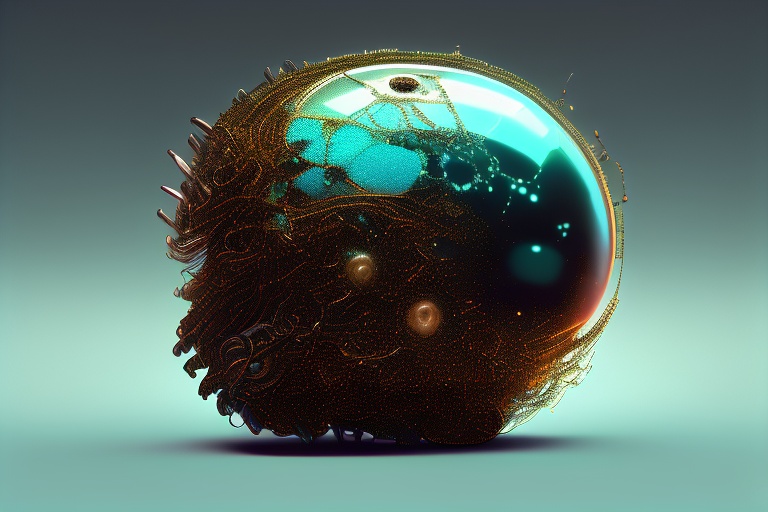Artificial Intelligence (AI) and Machine Learning (ML) are two of the most revolutionary concepts in the tech world today. While these terms are often used interchangeably, it’s vital to recognize their distinctions to appreciate the scope of their capabilities. AI is the umbrella term that encompasses the ability of machines to carry out tasks in ways that are characteristic of human intelligence. This includes reasoning, learning, and improvisation in unfamiliar situations. Meanwhile, ML is a specific approach within AI that equips machines with the ability to automatically learn and improve from experience without being explicitly programmed to do so. The intricate intertwining of AI and ML has paved the way for technological advancements that seemed like science fiction not long ago.
Artificial Intelligence (AI) and Machine Learning (ML) are two of the most revolutionary concepts in the tech world today. While these terms are often used interchangeably, it’s vital to recognize their distinctions to appreciate the scope of their capabilities. AI is the umbrella term that encompasses the ability of machines to carry out tasks in ways that are characteristic of human intelligence. This includes reasoning, learning, and improvisation in unfamiliar situations. Meanwhile, ML is a specific approach within AI that equips machines with the ability to automatically learn and improve from experience without being explicitly programmed to do so. The intricate intertwining of AI and ML has paved the way for technological advancements that seemed like science fiction not long ago.
The Building Blocks of AI and ML
At their core, both AI and ML rely on computer programmers and software developers who employ a toolkit of sophisticated technologies. Deep learning, neural networks, computer vision, and natural language processing are just a few of the formidable tools that developers wield to create systems capable of intelligent behavior. These systems are designed to not only execute specific tasks but also to learn and adapt over time, leading to improved performance without continuous human oversight.
From Theory to Practice: Applying AI and ML
As AI and ML technologies have matured, their applications have become increasingly widespread across various industries. Businesses are leveraging these tools to transform massive amounts of data into actionable insights, streamline operations, enhance customer experiences, and create products that were once inconceivable.
In the healthcare sector, AI-driven algorithms are being used to predict patient outcomes, assist in diagnosis, and even guide surgery with precision that outstrips human capability. Retailers use ML models to forecast consumer behavior, optimize inventory, and personalize shopping experiences. In finance, AI systems are deployed for fraud detection, risk management, and automated trading. As for the automotive industry, it's witnessing a monumental shift with the development of AI-enabled autonomous vehicles that promise to redefine transportation.
The Future Landscape Shaped by AI and ML
Looking forward, the impact of AI and ML is set to further deepen, with sectors such as education, agriculture, environmental conservation, and more standing to gain from their advancements. Intelligent tutoring systems could revolutionize how we learn by providing personalized education, while precision agriculture may use AI to maximize crop yields and sustainable practices.
The potential for harnessing AI and ML in tackling critical global issues — such as climate change and public health crises — is also immense. With these technologies’ power to process and analyze data at an unprecedented scale, we may find groundbreaking solutions to these pressing problems.
In sum, the fusion of AI and ML is not only reshaping industries but also the very fabric of our daily lives. Understanding the distinct roles and functions of these technologies helps us fathom the extent of their influence and harness their potential responsibly and effectively. As we continue to innovate and integrate AI and ML into our world, the possibilities for what we can achieve are as boundless as the human imagination itself.
Information for this article was gathered from the following source.

